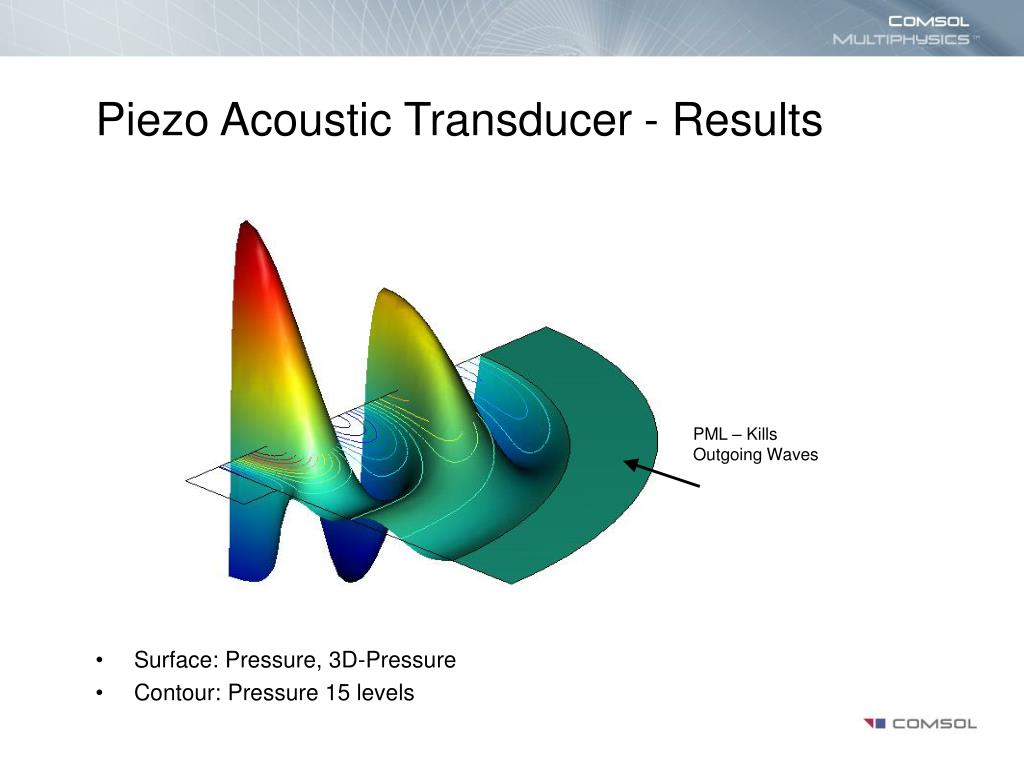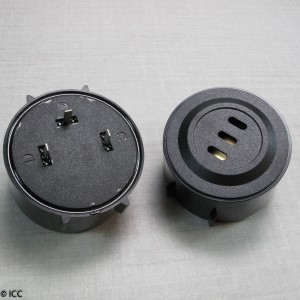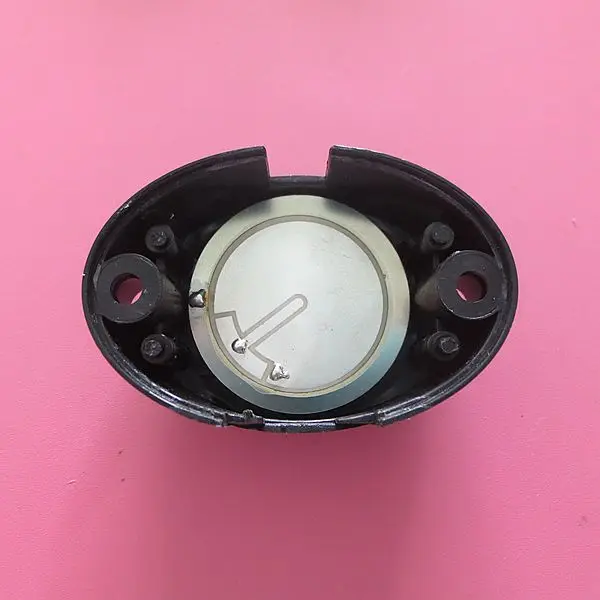


R2 cause some back voltage to this current to make it die down more quickly, helping the high frequecy response. If you don't give the kickback current a place to go, then the voltage can get high enough to fry Q1. Piezo elements have a significant inductive component as viewed from the driving circuit. Figure you can count on a gain of 50, so that means 215 mA of collector current, which should be way more than required.ĭ1 is there to give the kickback current of SP1 a place to go when Q1 turns off suddenly. When the digital output is high, Q1 will have 4.3 mA of base current, which should easily give it enough current sink capability to pull the collector as low as it can go. testing, manufacturing, and customer service, enables us to be a premier provider for high-volume. Additionally the Bricklet has support for alarm/siren sounds.
#PIEZO SOUNDER VOLUME DRIVER#
You most likely don't need as much base drive as this. 22VPP/31VPP Selectable Output Piezo Sounder Driver from Diodes Incorporated Drives Higher. You can control the volume with a sound pressure level range of 85dB(A) to 110dB(A). Most digital outputs can source that much without issue. Figure the B-E junction drops 700 mV, so that leaves 4.3 V accross R1, which causes 4.3 mA base current and will draw that much from the digital output. R1 limits the current thru the base of Q1 when the digital output is high. The above circuit should work well enough for most piezo speakers, although it can possibly be driven from a higher voltage, which would yield higher volume. The page you linked to turned out not to be a datasheet, so we don't know anything more about the piezo speaker than what you say. Diodes Incorporated (Nasdaq: DIOD), a leading global manufacturer and supplier of high-quality application specific standard products within the broad discrete, logic and analog semiconductor markets, today introduced the PAM8904 piezo-sounder driver with integrated multi-mode charge pump boost converter. You said you were a novice, so here is something simple: Is this correct? Is it possible to build a drive circuit for a piezo buzzer with only these components, or do I something else? The supplementary comments for this circuit diagram suggested people "consider connecting a Zener diode in parallel with the piezoelectric sound component and Rp if necessary."īased on this, my understanding is that the necessary components of this drive circuit are - the microcomputer, I am a novice with electrical engineering and I am trying to understand exactly what components are needed in this external drive piezo buzzer drive circuit. Under the heading "Please give me an example of the drive circuit for a Piezoelectric Sounder or a Piezoelectric Diaphragm (External Drive Type)." they said "Examples of typical drive circuits are broadly divided into case 1 where a transistor circuit is used and case 2 where the product is driven directly from a microcomputer." and gave the following image as an example.

I was reading the FAQ page on the website of a piezo buzzer manufacturer They can have a volume range of anywhere from 60 to 115 decibels, and sometimes beyond.I am interested in the use of a microcomputer in a drive circuit for an external drive piezo buzzer.

Piezo buzzers can be mounted in a range of ways, from bracket, to panel mount, to surface mount. They differ in their mounting style, the volume of sound they can produce, and their size. A piezoelectric amplifier will then make the click, ring or beep produced by the buzzer louder.Types of piezo buzzer componentsPiezo buzzer components can vary in a number of different ways. Piezo buzzers were invented by Japanese manufacturers.How do piezo buzzers work?Piezo buzzers have a piezoelectric element that is driven by a source such as an oscillating electronic circuit. Piezo Buzzers A piezo buzzer is an audio signalling device powered using piezoelectricity, which is created using a material that generates an electric charge when placed under mechanical stress.


 0 kommentar(er)
0 kommentar(er)
